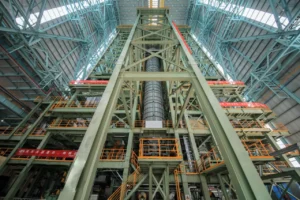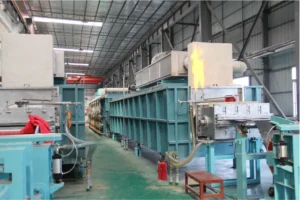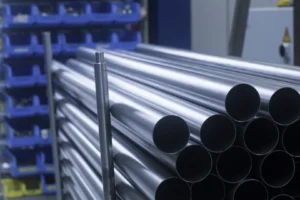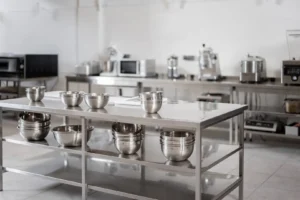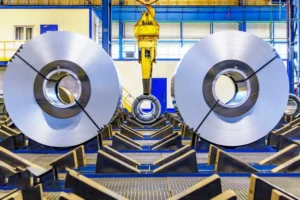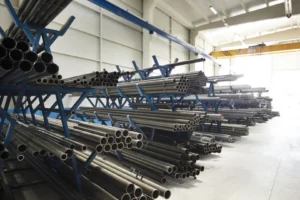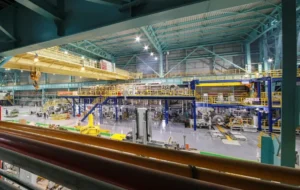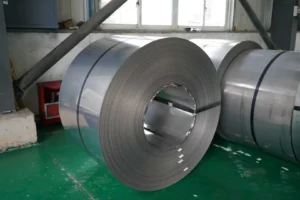How Stainless Steel Coils Are Manufactured: A Complete Guide to Quality & Cost-Effective Manufacturing
Struggling with inconsistent coil quality and unpredictable costs? This uncertainty disrupts projects and erodes margins. We believe a transparent, controlled manufacturing process is the key to ensuring both quality and value.
Stainless steel coils are manufactured through a multi-stage process involving raw material selection, melting and refining, hot rolling, cold rolling, and rigorous quality control. Each step is optimized with technology to ensure superior quality, durability, and cost-effectiveness for industrial applications.

As the Global Business Director at MFY, I've spent my career navigating the complexities of the steel supply chain. I've seen firsthand how a deep understanding of the manufacturing process empowers our partners to make better purchasing decisions. It’s not just about a finished product; it’s about the precision, technology, and care invested at every stage. Let's walk through this journey together, from raw elements to a finished coil ready for your production line.
How Do We Select the Right Raw Materials for Stainless Steel Coil Production?
Using the wrong materials leads to product failure. This compromises the safety of your end product and damages your reputation. The right blend of iron, chromium, and nickel is the absolute foundation for performance.
Selecting the right raw materials involves sourcing high-purity iron ore, chromium, nickel, and other alloying elements. The specific grade of stainless steel dictates the precise chemical composition, which is critical for achieving desired properties like corrosion resistance and strength.
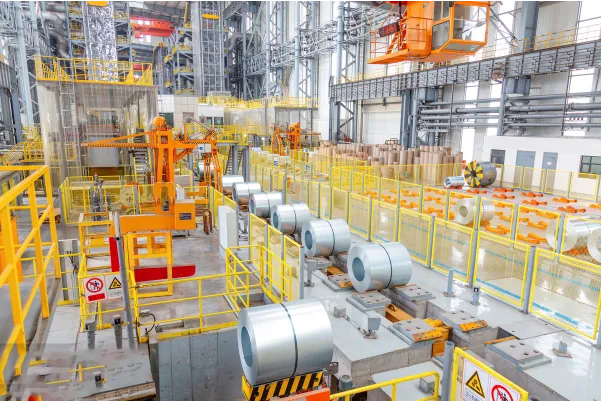
Everything starts with the recipe. You can have the most advanced factory in the world, but if the initial ingredients are wrong, the final product will fail. This is a non-negotiable principle for us at MFY. I remember a client in the automotive sector who needed a specific 400-series grade for exhaust systems. Getting the chromium and molybdenum content exactly right at this initial stage was the key to preventing high-temperature corrosion down the line. It all begins here, with a meticulous focus on the chemical makeup.
The Core Components
The primary ingredients for stainless steel are iron ore, chromium, nickel, and often recycled stainless steel scrap. The "stainless" quality comes primarily from chromium, which must constitute at least 10.5% of the total mass. It forms a passive, self-repairing oxide layer on the surface that protects the iron from rusting. Nickel is added to enhance this corrosion resistance, improve formability, and create the austenitic structure found in popular grades like 304 and 316.
The Role of Purity and Grade
The specific application dictates the grade, and the grade dictates the precise recipe. We use advanced analytics to source and blend these materials, ensuring purity and consistency. A small impurity can have a massive impact on mechanical properties.
| Grade | Key Elements | Common Application |
|---|---|---|
| 304 | 18% Cr, 8% Ni | Kitchen Sinks, Food Equipment |
| 316 | 16% Cr, 10% Ni, 2% Mo | Marine Hardware, Chemical Tanks |
| 430 | 17% Cr | Automotive Trim, Appliances |
This initial step is the first and most critical point of quality and cost control. By getting the raw material mix perfect, we prevent costly reprocessing and ensure the final coil performs exactly as our clients expect.
What Are the Key Melting and Refining Processes in Steel Manufacturing?
Impurities in molten steel create weak points. These microscopic defects can cause catastrophic failures in the final application. Advanced refining processes are essential to remove these impurities for a flawless product.
The melting and refining process typically uses an Electric Arc Furnace (EAF) to melt raw materials. This is followed by secondary refining, often in an Argon Oxygen Decarburization (AOD) converter, to remove impurities and precisely adjust the chemical composition.
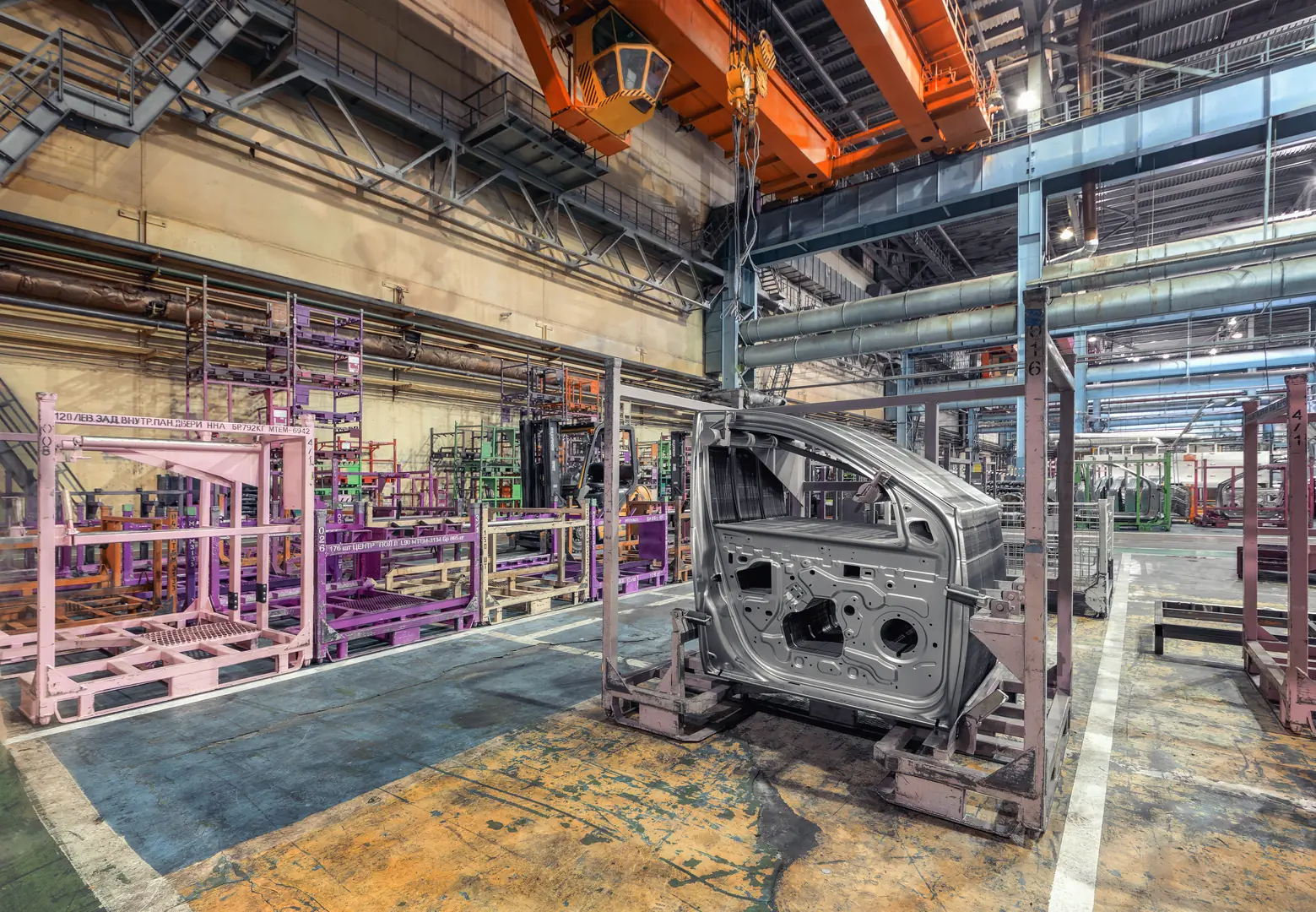
Once we have our recipe, it's time to turn up the heat. The goal here is twofold: melt the solid materials into a homogenous liquid and then purify that liquid to an exacting standard. This is where brute force meets high-tech precision. The synergy between advanced technology and rigorous control at this stage is a core driver of efficiency. It allows us to produce high-quality steel while minimizing energy consumption and waste, which directly translates to a more competitive price for our partners.
From Scrap to Liquid Steel: The EAF
The process begins in an Electric Arc Furnace (EAF). This is a powerful and surprisingly efficient piece of equipment. We load our carefully selected raw materials, including a high percentage of recycled scrap steel, into the furnace. Then, massive graphite electrodes are lowered, creating an immense electric arc that generates temperatures of over 1,600°C (3,000°F). This intense heat melts the charge into a liquid bath. Using EAFs is not only efficient but also more environmentally friendly than traditional blast furnaces, aligning with modern industrial demands for sustainability.
Achieving Purity: The AOD Process
The molten steel from the EAF is not yet ready. It contains excess carbon and other impurities. We transfer it to an Argon Oxygen Decarburization (AOD) vessel. Here, a mixture of argon and oxygen is blown through the molten steel. The oxygen combines with excess carbon, removing it as carbon monoxide gas, while the argon stirs the bath to promote uniformity and help other impurities float to the surface as slag. This process allows for incredible precision in controlling the final chemistry, ensuring we hit the exact specifications for the desired grade.
How Does the Hot Rolling Process Transform Steel into Coils?
A solid, thick slab of steel is not practical for most industrial applications. It's too thick and its internal structure is not optimized. Hot rolling is the crucial step that shapes the steel, making it thinner, longer, and more workable.
Hot rolling involves heating a steel slab to over 1,100°C (2,000°F) and passing it through a series of massive rollers. This process reduces the slab's thickness, elongates it into a long strip, and refines its grain structure before it is wound into a coil.

This is where the steel truly begins to take its familiar shape. I've stood on the floor of our partner mills and felt the ground shake as a multi-ton, glowing-red slab of steel thunders through the rolling stands. The scale is immense, but the process is governed by incredible precision. This is Industry 4.0 in action. Computer-controlled sensors monitor the temperature, thickness, and width in real-time, making micro-adjustments to the rollers. This automation ensures uniformity from one end of the coil to the other, minimizing waste and guaranteeing a consistent product for our clients.
The Science of High Temperatures
After refining, the molten steel is cast into thick slabs. These slabs are then moved to a reheating furnace, where they are brought to a uniform, malleable temperature. Working with the steel while it's hot allows us to make significant changes to its shape and thickness with less energy and without causing the material to crack. This high temperature also helps to refine the steel's internal crystalline structure, which improves its mechanical properties like toughness and ductility.
From Slab to Strip
The heated slab enters the rolling mill, a long line of "stands," each containing a pair of massive rollers. The slab passes through these stands sequentially, and with each pass, the rollers are positioned slightly closer together. This squeezes and stretches the steel, progressively reducing its thickness from many inches down to a fraction of an inch, while extending its length to hundreds of meters. At the end of the line, the long, flat strip of hot steel is sprayed with water for cooling before being wound into what we recognize as a hot-rolled coil.
Why Are Cold Rolling and Finishing Touches Crucial for Quality?
Hot-rolled steel has a rough, scaled surface and lacks precision thickness. This isn't suitable for high-spec applications in architecture or food processing. Cold rolling and finishing provide the final quality, appearance, and performance.
Cold rolling is performed at room temperature to further reduce the coil's thickness, improve its surface finish, and increase its strength. Finishing processes like annealing and pickling then remove internal stresses and surface impurities, ensuring optimal performance.
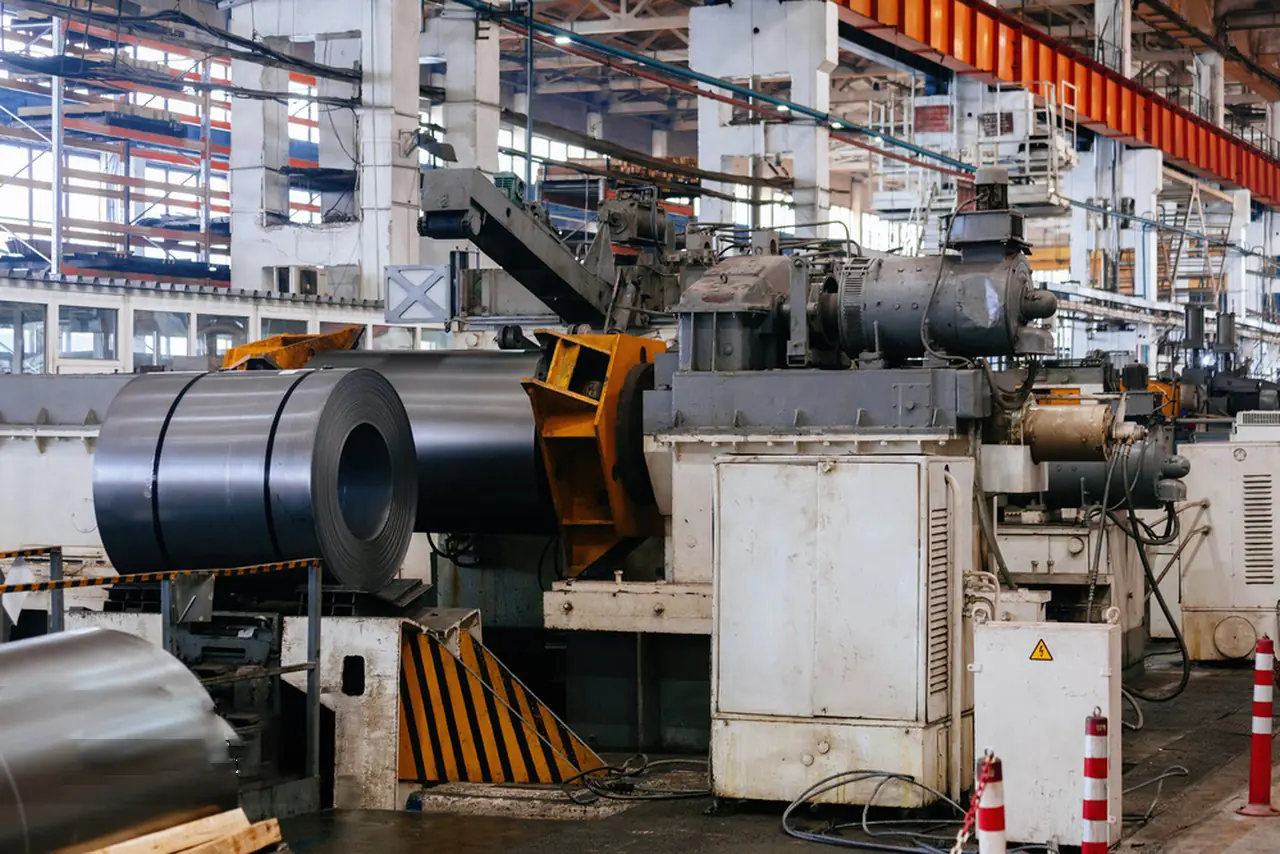
If hot rolling is about brute force and shaping, cold rolling is about finesse and perfection. This is where we create the smooth, bright surfaces that our clients in demanding industries require. I often explain to partners that the final finishing steps, while adding to the cost, are what unlock the true value and performance of stainless steel. It’s an investment in quality that prevents much larger costs from defects or failures in the field.
Refining the Surface: The Cold Rolling Mill
The hot-rolled coil is first uncoiled and "pickled" in an acid bath to remove the dark oxide scale from its surface. Then, it's passed through another series of rollers, but this time without being pre-heated. This "cold" process requires much more force but allows for very precise control over the final thickness. It also hardens the steel (a process called work hardening) and produces a much smoother, more reflective surface.
The Art of the Finish
After cold rolling, the steel is hard and brittle due to internal stresses. To restore its ductility, we put it through an annealing process[^1], which involves heating it in a controlled atmosphere and then cooling it. This softens the steel and refines its grain structure. After annealing, it's pickled again to remove any scale formed during heating. Finally, it may pass through a light "temper roll" to achieve the desired flatness and surface finish.
| Finish | Description | Common Application |
|---|---|---|
| No. 1 | Hot-rolled, annealed, and pickled. | Industrial applications, structural use. |
| 2B | Cold-rolled, annealed, pickled, temper-rolled. Smooth, semi-reflective. | Most common finish, appliances, food equipment. |
| BA | Bright Annealed. Highly reflective, mirror-like. | Decorative trim, reflectors, high-end appliances. |
| No. 4 | Brushed/Satin finish. | Kitchen equipment, architectural panels. |
What Quality Control Measures Are Essential in Coil Production?
A single defective coil can halt a client's entire production line. This costs valuable time, money, and damages trust. Rigorous, multi-stage quality control is not optional; it's essential to prevent issues before they ever leave our facility.
Essential quality control measures include spectral analysis for chemical composition, tensile testing for mechanical properties, and automated surface inspection for defects. Continuous monitoring throughout the production process ensures every coil meets strict international standards and client specifications.
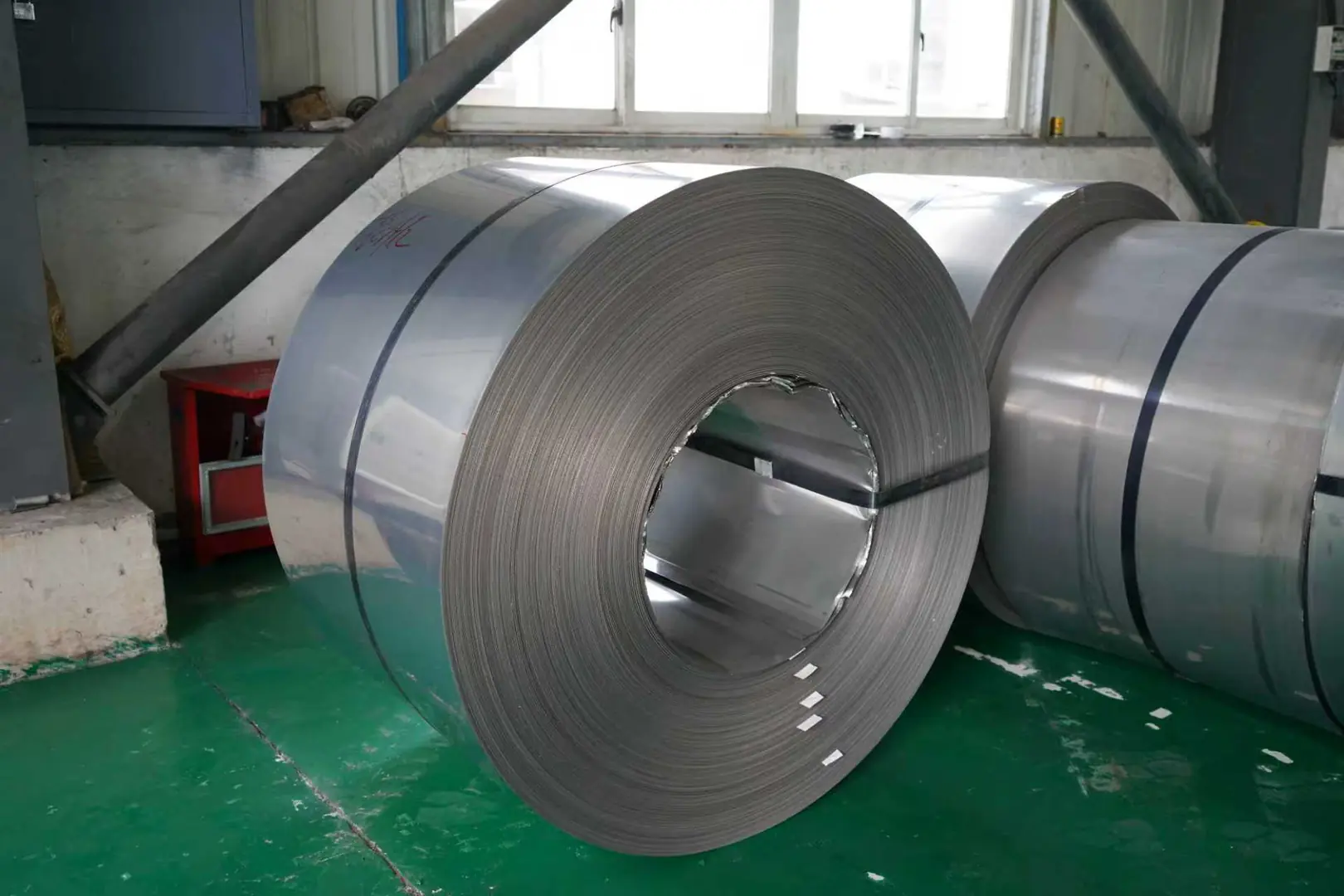
This is the final, critical step that ties everything together. At MFY, we see quality control not as a department, but as a philosophy integrated into every stage. This is where our investment in smart manufacturing truly pays off. Sensors along the production line feed real-time data into a central system, allowing our teams to monitor every variable. I recall an instance where our system flagged a minor composition variance in a single batch destined for a client in Germany. We isolated it immediately. That proactive catch saved our partner from what could have been a massive and costly recall. This is the resilience and reliability we promise.
Chemical and Mechanical Testing
Throughout the process, we take samples of the steel for analysis. A spectrometer is used to verify the chemical composition, ensuring it matches the specified grade down to a hundredth of a percent. We also perform mechanical tests on samples from the finished coil. A tensile test, for example, pulls a piece of the steel until it breaks, measuring its strength, ductility, and elasticity. These tests provide hard data confirming that the material will perform as expected under stress.
The Power of Digital Oversight
Beyond physical tests, modern quality control relies on technology. Automated surface inspection systems use high-speed cameras and machine learning algorithms to scan 100% of the coil's surface for even the smallest defects like scratches, pits, or roll marks. Thickness and width are monitored continuously by laser gauges. All this data is logged and tied to a specific coil, creating a comprehensive quality certificate that gives our clients complete traceability and peace of mind.
Conclusion
The journey from raw material to a finished stainless steel coil is a complex blend of heavy industry and high technology. At MFY, we leverage this advanced, controlled process to deliver not just a product, but a promise of quality, consistency, and value for your business.
Have Questions or Need More Information?
Get in touch with us for personalized assistance and expert advice.

